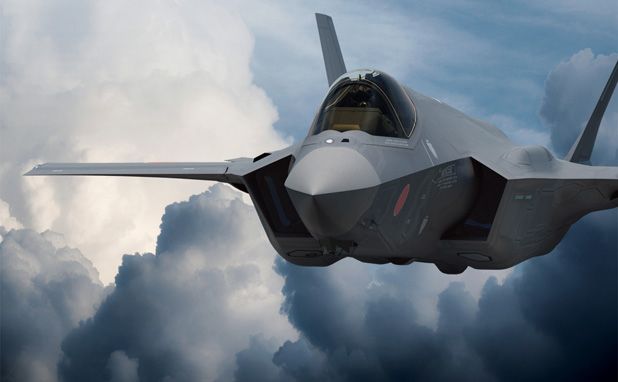GAO Predicts F-35 Software Troubles May Drive Annual Costs Up To $15 Billion
Posted on
 WASHINGTON: The Government Accountability Office, Congress’ watchdog, says the Pentagon will have to sharply increase annual funding for the Joint Strike Fighter should projected software delays persist.
WASHINGTON: The Government Accountability Office, Congress’ watchdog, says the Pentagon will have to sharply increase annual funding for the Joint Strike Fighter should projected software delays persist.
Here’s the rub in this latest GAO report. It’s based on the director of Operational Test and Evaluations finding that the program won’t be able to make up lost time and deliver planes to the Marines on time. The Marines have already said they do not think the delivery of planes ready to go to war, known as Initial Operational Capability, will be affected by the software problems. Since software is so important to all of the the F-35’s three versions, the plane cannot handle some weapons considered crucial unless the right software version has been loaded.
One of the key software problem areas is the F-35’s Autonomic Logistics Information System, which monitors the plane’s systems and is crucial to managing its repairs and maintenance. If ALIS cannot be fixed quickly, that may delay the Marine’s IOC.
The most intriguing part of the GAO report is its estimate that the annual costs for the F-35 could rise to as much as $15 billion.
“To execute the program as planned, the Department of Defense (DOD) will have to increase funds steeply over the next 5 years and sustain an average of $12.6 billion per year through 2037; for several years, funding requirements will peak at around $15 billion. Annual funding of this magnitude clearly poses long-term affordability risks given the current fiscal environment,” the authors note with some understatement.
Lt Gen Chris Bogdan, F-35 Program Executive Officer, issued this statement: “There were no surprises in this report and all of the items mentioned were well-known to us, the F-35 international partners and our industry team.
“Software continues to remain our number one technical risk on the program and we have instituted disciplined systems engineering processes to address the complexity of writing, testing and integrating software.”
Bogdan said the program is “working relentlessly to reduce this risk…” The JPO, he went on, “remains confident about delivering the F-35’s initial warfighting capability to the U.S. Marine Corps in 2015 and to the U.S. Air Force in 2016. The aircraft’s full warfighting capability is scheduled to be delivered to the U.S. Navy in 2018. There is more risk to that delivery schedule because it is naturally dependent upon the successful delivery of the previous software releases.”
The program office has surprised critics several times in the last two years, fixing problems for lower costs and more quickly than projected. We’ll have to see how well the OT&E projection stands up. Software problems, as many DoD programs have demonstrated over the last five years, can easily spin out of control.
Subscribe to our newsletter
Promotions, new products and sales. Directly to your inbox.
